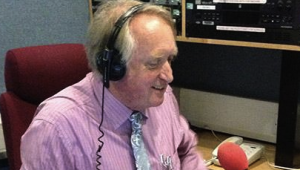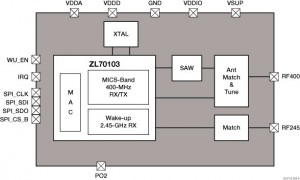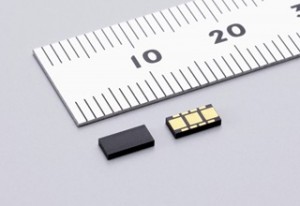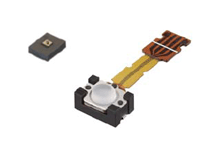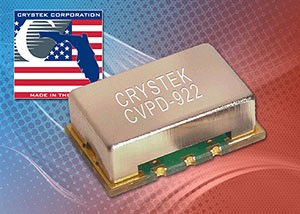The Institution of Engineering and Technology (IET) is calling for an “urgent” reform of the 999 emergency call service in the UK.
The change is needed, said the IET, because of users increasingly moving away from landline phones to smartphones and to devices they enable like wearables, and from voice to data.
The IET is also calling on the government to ensure that reform of the service is not allowed to drift.
Professor Will Stewart from the IET said:
“Smartphones have become the hub of our daily lives and are now in the pockets of two thirds of UK adults, and the vast majority of young people own one. Even half of 55- to 64-year-olds now own a smartphone.
“The data from Ofcom highlights the urgent need for radical changes to be made to the 999 emergency service so that those in need can text as well as call.”
According to Stewart, a data-based emergency service would allow people to text alerts via any appropriate app on a chosen easy-to-remember special number, such as 999 – and these alerts would then be passed to the human emergency operator.
The main engineering challenge would be to set up priority routing of alerts to this special number in order to avoid delays at busy times.
“Much of the technology we need to update our emergency service is available today. But we urgently need to make progress now,” said Stewart.

